
The registered disability savings plan (RDSP) is a federal program to help Canadians living with disabilities and their parents or caregivers save money tax-free. Aside from its tax advantages it has very flexible funding options. The plan, coupled with the Child Disability Benefit, can be especially good for families raising an eligible disabled child.
The program is recognized by Canada Revenue Agency (CRA). Tax specialists, accountants, and even tax software like Turbo Tax can help navigate how to claim RDSP on your annual taxes. There is a lot of good in the program and we will explain it all here.
What is the RDSP?
The RDSP is a government-sponsored savings account designed to provide long-term financial stability for individuals with disabilities. It’s available to eligible persons who have a disability and to parents or caregivers who wish to set funds aside to ensure the long-term financial security of a family member living with a disability. Like other registered savings plans, the RDSP has tax-deferral features, which means that any investment income and capital gains in the account aren't subject to income tax.
With no money gobbled up by a tax bill each year, the savings can grow at an accelerated pace, magnifying investment returns. You can withdraw funds you own in an RDSP for any purpose, and multiple people can contribute to an account freely. As a bonus, the federal government also provides additional assistance by matching or topping up contributions through special grants and bonds.
How does the RDSP work?
An RDSP functions like a registered retirement savings plan (RRSP) in that contributions are shielded from taxes, but that’s where the similarities end. Here are some of the salient aspects of this unique long-term savings plan.
RDSP basic structure
An RDSP has a Holder and Beneficiary. The Holder is the person or organization that opens the account and makes contributions. They can grant permission to other individuals to contribute as well. The Beneficiary is the person for whom the RDSP is intended. As a result, the funds held within the account belong to them, even if they never contribute themselves.The Holder and Beneficiary can be the same individual.
Contributions
Unlike an RRSP or Tax-Free Savings Account (TFSA), there's no annual contribution limit. However, the lifetime contribution limit is capped at $200,000 per beneficiary. Contributions can be made until December 31 in the year the beneficiary turns 59.
Withdrawals
The Beneficiary is the legal owner of the RDSP. They can withdraw the funds from the account at their discretion and use them for whatever purpose they wish. Any withdrawals they make do not impact their entitlement to federal benefits like Old Security (OAS), Canada Pension Plan (CPP), and Guaranteed Income Supplement (GIS).
Withdrawals fall under two categories:
Lifetime Disability Assistance Payments (LDAP): These are recurring annual withdrawals. The Beneficiary can initiate an LDAP payment plan at any age, but it must begin at the latest by the end of the year in which they turn 60. For an RDSP that consists primarily of government contributions, the maximum annual LPAD withdrawal is limited to the greater of:
- 10% of the fair market value of the account’s assets, and
- The amount derived from the LDAP formula, which considers the Beneficiary’s life expectancy in relation to the fair market value of the account’s assets.
If private contributions exceed government contributions, there’s no annual withdrawal limit. However, the formula still defines the minimum yearly withdrawal amount once the payment plan commences.
Disability Assistance Payments (DAP): these are periodic lump-sum withdrawals. The amount the Beneficiary can access may be limited by the Assistance Holdback Amount (AHA), a rule that was instituted to discourage early withdrawals. The AHA refers to the total amount of government grants and bonds received by the RDSP within the last ten years before the withdrawal.
Should they make a DAP withdrawal, the Beneficiary would have to repay $3 for every $1 in grants and bonds paid into the account during the 10-year period. Keep in mind that the AHA could potentially apply to LPAD withdrawals, depending on when the last grant or bond was received. Before you initiate a DAP withrawal, you should do some research.
Eligible Investments for the RDSP
You are not limited to what you can hold in an RDSP. You can hold various financial products in an RDSP, including stocks, bonds, guaranteed investment certificates (GICs), exchange-traded funds (ETF), savings deposits, and mutual funds.
How to qualify for an RDSP
For a Beneficiary to open an RDSP account, or have someone open one on their behalf, they need to be eligible for the disability tax credit (DTC). The process involves completing form T2201 and submitting it to the Canada Revenue Agency (CRA). The form requires the endorsement of a qualified medical professional, who must confirm that the individual has a severe disability.
In addition, the beneficiary must:
- Possess a valid social insurance number (SIN)
- Be a Canadian resident
- Be under 60 years of age
A plan holder looking to open an RDSP for a beneficiary must meet at least one of the following eligibility criteria:
- Be a person with a disability who is of the age of majority and capable of making financial decisions
- Be the legal parent of a child with a disability who has not reached the age of majority
- Be a legal representative or guardian of an individual with a disability.
How to open an RDSP
Once you qualify for the RDSP, you can choose a financial institution to open an account for you. Be aware that some places may offer limited investments options, so be sure to shop around if you value flexibility or prefer a self-directed account. When setting up your plan, you can select from different contribution frequencies, like weekly, bi-weekly, and monthly. Many financial institutions will allow you to begin making deposits with as little as $25 per week, like RBC.
RDSP government grants and bonds
To incentive eligible individuals to open and contribute to an RDSP, the federal government provides financial aid in the form of the Canada Disability Savings Grant (CDSG) and Canada Disability Savings Bond (CDSB). These additional government contributions can dramatically enhance an RDSP growth potential, so they shouldn’t be overlooked. Employment and Social Development Canada (ESDC) administers both programs and issues payments to RDSP accounts that qualify.
As a beneficiary, the amount of CDSG payments you can receive depends on your net family income and the dollar value of private contributions.
If your net family income is *$100,392 or less, you’re eligible to receive:
- $3 grant per every $1 on the first $500 contributed, for up to $1,500 per year
- $2 grant per every $1 on the next $1,000 contributed, for up to $2,000 per year.
If your net family income is more than $100,392, you’re eligible to receive:
- $1 grant per every $1 on the first $1,000 contributed, for up to $1,000 per year.
The maximum an RDSP can collect in grants per year is $3,500, with a lifetime limit of $70,000. Beneficiaries are eligible to receive grants until December 31 in the year they turn 49.
The CDSB functions as a supplement to the CDSG and is intended for individuals living on a low-income. Active contributions aren’t required to be eligible for the bond. As a beneficiary, you can receive:
- $1,000 if your net income is less than or equal to *$32,797
- A portion of the $1,000 (based on the formula used in the Canada Disability Savings Act) if your net income is between $32,797 and *$50,197.
It is important to note that family net income is indexed to inflation each year; these amounts reflect the thresholds for the year 2022. Also, no bond is available if your income exceeds $50,197. The lifetime limit is $20,000, and the bonds can be collected annually until December 31 in the year the beneficiary turns 49.
CDSB and CDSG contributions are subject to a vesting period where they must remain in the RDSP for a minimum of 10 years before the beneficiary can access the funds. If funds are withdrawn prior to the 10-year vesting period, they must be repaid to the ESDC.
Tax rules and reporting requirements
Any investment growth that accrues within the RDSP is tax-sheltered as long as the funds remain in the account. The same rule applies to government grants and bonds. Unlike an RRSP contribution, RDSP contributions aren’t available as a tax deduction on your tax return, whether you’re the beneficiary or an authorized contributor.
RDSP withdrawals fall into four categories: original contributions, investment growth, grants, and bonds. Withdrawals that consist of original contributions aren’t subject to income tax. However, those that consist of investment growth and grants and bonds that have been in the account for at least ten years are taxable. The beneficiary must include them as income on their tax return.
Setting up an RDSP can be time-consuming. There are lengthy forms to complete, extensive qualification criteria to satisfy, and a myriad of rules to navigate. However, the time and effort expended to set up an RDSP can pay off immensely. The tax-advantaged nature of the account and additional financial assistance provided through government grants and bonds can yield tremendous value in the long run.
Suppose you have a disability that hampers your ability to secure employment and fund your nest egg. In that case, it's worth exploring if you’re eligible for this lucrative government-sponsored savings plan. An RDSP is also worth establishing for a loved one living with a disability and struggling to cope financially. By contributing on their behalf, you’ll have peace of mind knowing they’ll have the financial security needed to live a happy and healthy life.




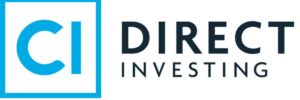


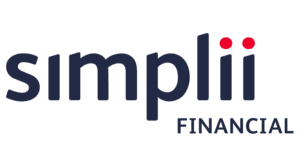



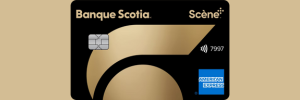




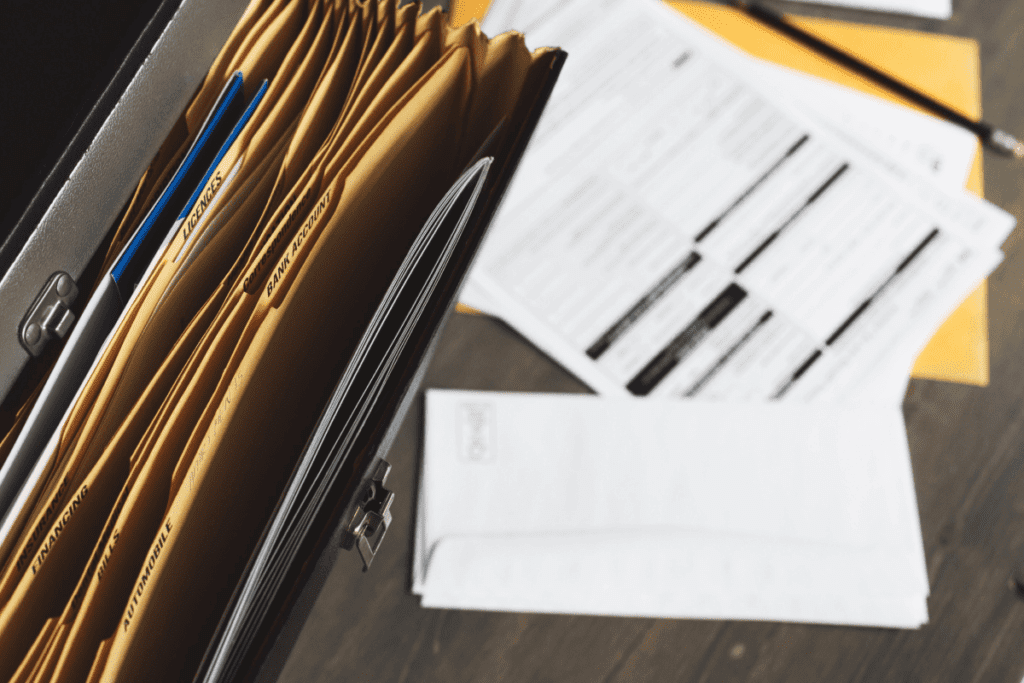
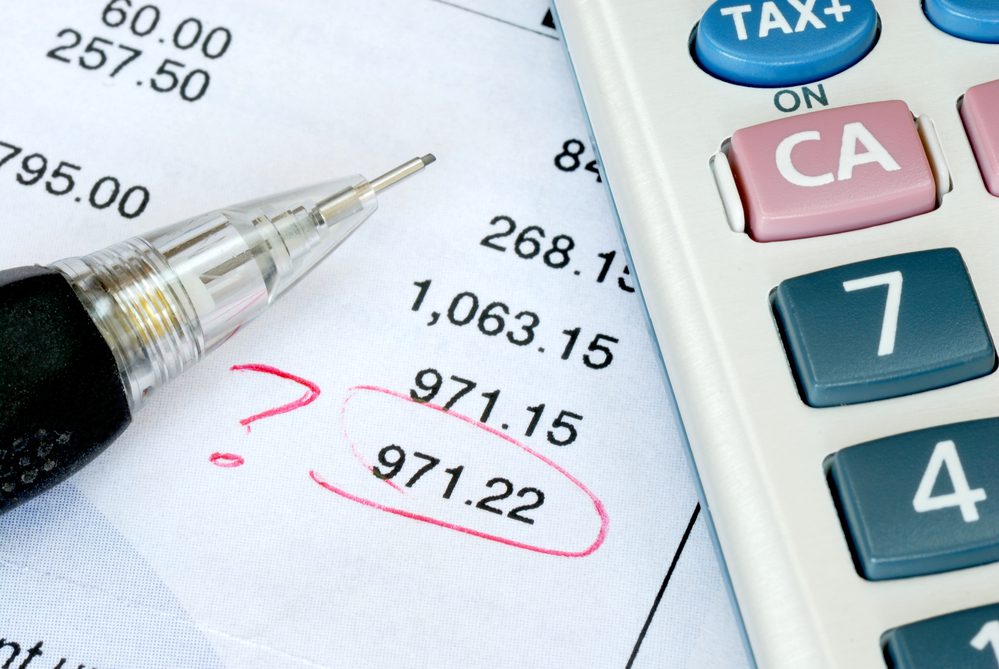


About The Author: Mark Gregorski
Mark is a freelance writer who specializes in writing content for firms in the financial services industry, including fintech. He has written articles about personal finance, mortgages, and investing and is passionate about educating people on making wise financial decisions. Mark graduated from the Northern Alberta Institute of Technology with a degree in finance and has more than ten years of experience as an accountant. Outside of writing, he enjoys playing poker, going to the gym, composing music, and learning about digital marketing
More posts by Mark Gregorski